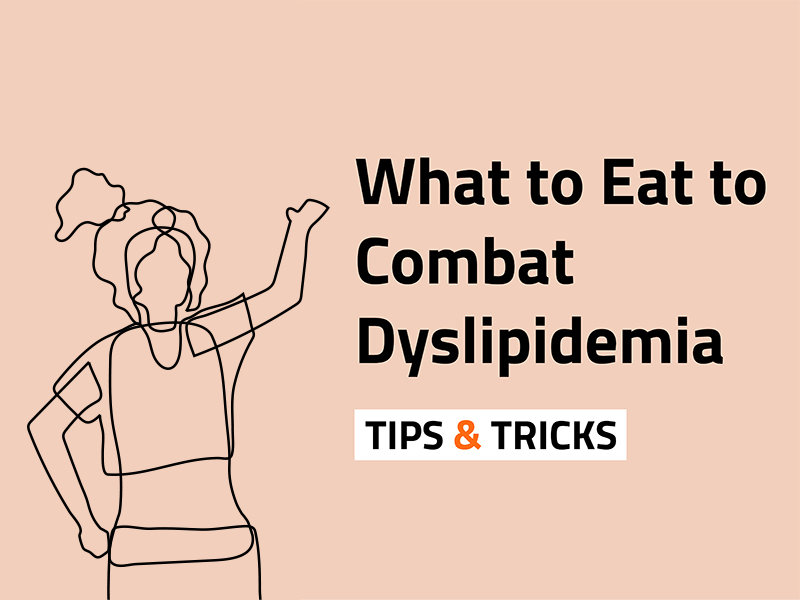Lifestyle changes (such as dietary) are probably the most common course of treatment for people with dyslipidemia. These recommendations include:
- Decreasing intake of trans fats
- Increasing the proportion of greens, vegetables, fruits and complex carbs
- Maintaining ideal body weight
Green beans
Green beans are a low-calorie, zero-fat food, so their consumption fits with the recommendation to decrease the intake of trans fat. They are also an excellent source of fibre, which lowers cholesterol levels. There is a whole other slew of vitamins and antioxidants that green beans contain, including vitamins C and K, flavonols, quercetin, kaempferol, and high dose of folate.
Almonds
Just like other nuts, almonds are high in protein and fibre, but they are also rich in antioxidants and vitamin E and healthy monounsaturated fats. Thanks to their nutrition profile, almonds are a perfect choice for people with diabetes, which is commonly accompanied by dyslipidemia. Studies have also shown that consuming almonds as part of a regular diet can lower “bad” cholesterol levels. There are also studies demonstrating that almonds can help with weight loss, which is another recommendation for combating dyslipidemia.
Shallot
Compared with common onions, shallots offer a more concentrated source of fibre and various micronutrients and vitamins, such as calcium, iron, magnesium, phosphorus, potassium, zinc, copper, folate, A, B and C vitamins. Shallots may also help reduce the levels of total cholesterol, LDL cholesterol, and triglycerides.
Garlic
Garlic is a tasty addition to just about any savoury dish. Since ancient times, humans have used garlic for its cardioprotective, anti-tumor, antidiabetic, anti-inflammatory, and anti-microbial properties. Garlic contains allicin (accountable for the majority of the possible pharmacological functions) and organosulfur, selenium, and arginine as micronutrients. Garlic also contains phenolic and steroid compounds. A meta-analysis of various studies has shown that garlic reduces total cholesterol and LDL levels.
Lemon
Lemons contain a high amount of vitamin C, soluble fibre, and other plant compounds that give them a number of health benefits. A recent meta-analysis has demonstrated that citrus species extracts may be seen as potential candidates for dyslipidemia control. A randomised clinical trial has shown that people who were given a mixture of garlic and lemon juice had demonstrated a significant decrease in total cholesterol levels as compared with other study groups.
At Abe Health, we believe life is all about balance. Almost any food can be both a boon and a poison to your health. Abe AI has a huge database of various food ingredients and their impact on human health. Using Abe, you will not only balance your diet, but also improve your health.
